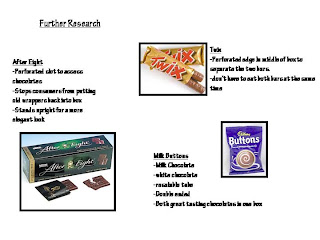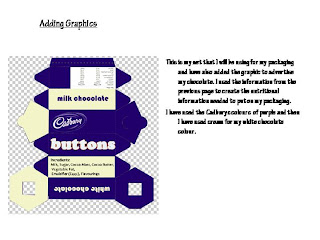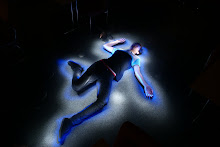MDF: Medium Density Fiberboard
Compressed of fine wood dust and resin pressed into a board.
MDF can be worked,
sharpened.
Cost
alot to manufacture lots as it
blunts the
blades quickly.
Hardboard:
Filling gaps,
Made of wood fibres that have been pulped.
Chipboard:
Small chips of wood bonded together with resin and formed into sheets by compression
Block board:
Built up of a core softwood strips bonded together with
adhesive and covered with a sheet of plywood.
Aeroply:
Outer skin of an air craft, think section of very high grade plywood stuck to a timber frame.
Mplex:
A new type of
MDF that is used for furniture industry.
Veneering:
-Slice veneering, Taking a slice of the top of a block of timber
-
Rotery veneering, slicing a rounded piece of
timber continuously dill the
diameter of the wood becomes very thin.
Finishing wood:
Polyurethane varnish, can be used to seal and protect the surface of the wood and gives it a smooth finish.
Wood staining:Enhance colour.
Oils:
and be used to maintain the natural
appearance of the wood.
Pewrservatives:
are generally applied to timber that is going to be used outside.
Paint:
colours and protects the wood.
Tanalised timber press, injects tanalise into the timber along the faces, Protects and preserves for 5 years and makes the wood life 4 times longer.








